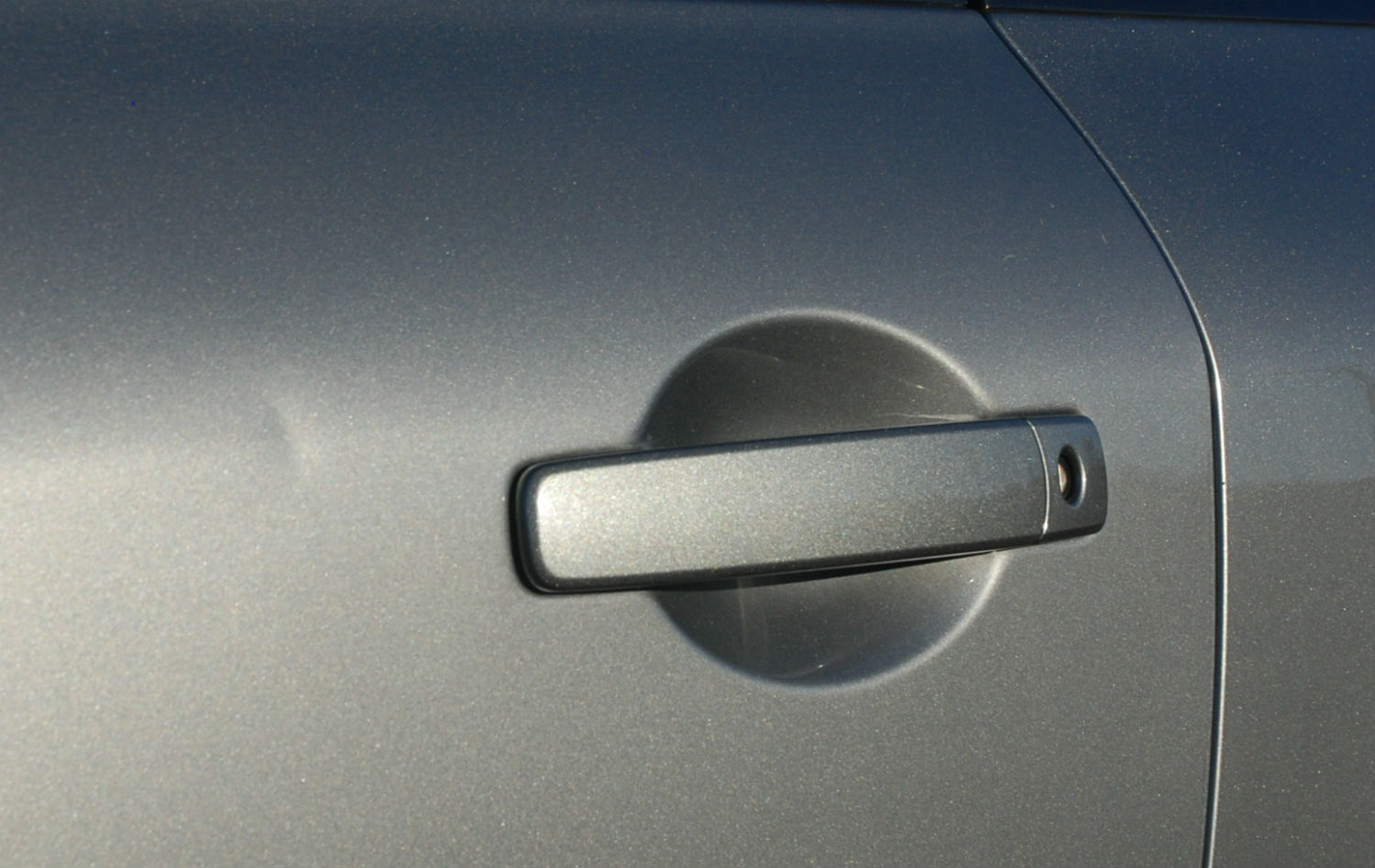Small dents and dings can ruin the appearance of a vehicle. Whether caused by a shopping cart, the door of another car, or a baseball thrown by a neighborhood kid, it is essential to promptly remove dents to help maintain the vehicle’s overall resale value. As long as there is no significant paint damage, there are several ways to fix a small dent in a car, either by hiring a professional or using some simple tricks at home.
Professional Dent Repair
Dealerships and franchise body shops will fix minor dents, but their rates are generally very high compared to those of smaller outfits that can provide the same quality level. And because many dent specialists are mobile these days, having repair work done can be quick and convenient. Most will come to your home or work and fix a dent in 20 minutes or less. If there are multiple dents, it will, of course, take longer.
When hiring a dent specialist, always check their online reviews. Reading comments from previous customers is the best way to tell if they do good work. Then compare prices by calling at least three different vendors. Most quarter-size dents will cost between $60 and $110 to repair, but this fee may be higher if the dent requires touch-up paint. Each additional dent may cost between $40 and $75. So, if you have multiple dents, it makes good sense to get them all repaired at once and possibly negotiate a lower overall price.
Larger dents that are six inches or more in diameter can cost anywhere from $200 to $350 to repair depending on the dent’s location and the make and model of the car. But if the paint is damaged, large dents may not be in the scope of a mobile dent specialist. In this case, an auto body shop may be necessary.
Do-it-Yourself Dent Repair
If a dent is small and there is no damage to the paint, some car owners may consider repairing it themselves. There are several do-it-yourself methods to fix dents using everyday household items. None of them are guaranteed to work, but they are all worth trying if saving money is a priority. If the DIY effort is unsuccessful, a specialist is just a phone call away.
The first method leverages the way sheet metal behaves under hot and cold temperature variances. The required items are a hairdryer, aluminum foil, and a small block of dry ice. First, heat the dent with the hairdryer approximately six inches away for about 30 seconds. Then cover the dent with a piece of aluminum foil and rub dry ice over it. The rapid change from hot to cold should make the dent pop out within a minute or so.
Another temperature trick involves boiling water. This approach is geared more for dents on plastic parts, such as bumpers. Pour boiling water over the dent and then push the dent out from the backside of it. This method will only work if you can reach behind the dent. If the dent pops out, pour cold water onto the same spot to quickly re-harden the plastic.
An ordinary plunger can also repair certain dents, especially those that are a little wider and shallower than the typical one-inch ding. Aside from clearing drains and pipes, a plunger’s ability to act as a suction cup can potentially pull sheet metal back into place. Simply pour water over the dented area and use the plunger in a gentle push-pull motion. Continue this action until the dent pops out, but if it does not work within the first five or six pulls, move on to another method.
You can also use a vacuum cleaner to create a suction effect. First, make a hole at the bottom of a food storage container. Place the container over the hole and let the vacuum cleaner suck out the air through the hole. The dent should pop out in less than a minute.
If none of the household methods work, it is time to invest in a dent removal kit. These kits are successful at popping most minor dents. You can purchase one at an auto parts store, and it will cost far less than hiring a professional. Plus, you can use these kits for future dents.

